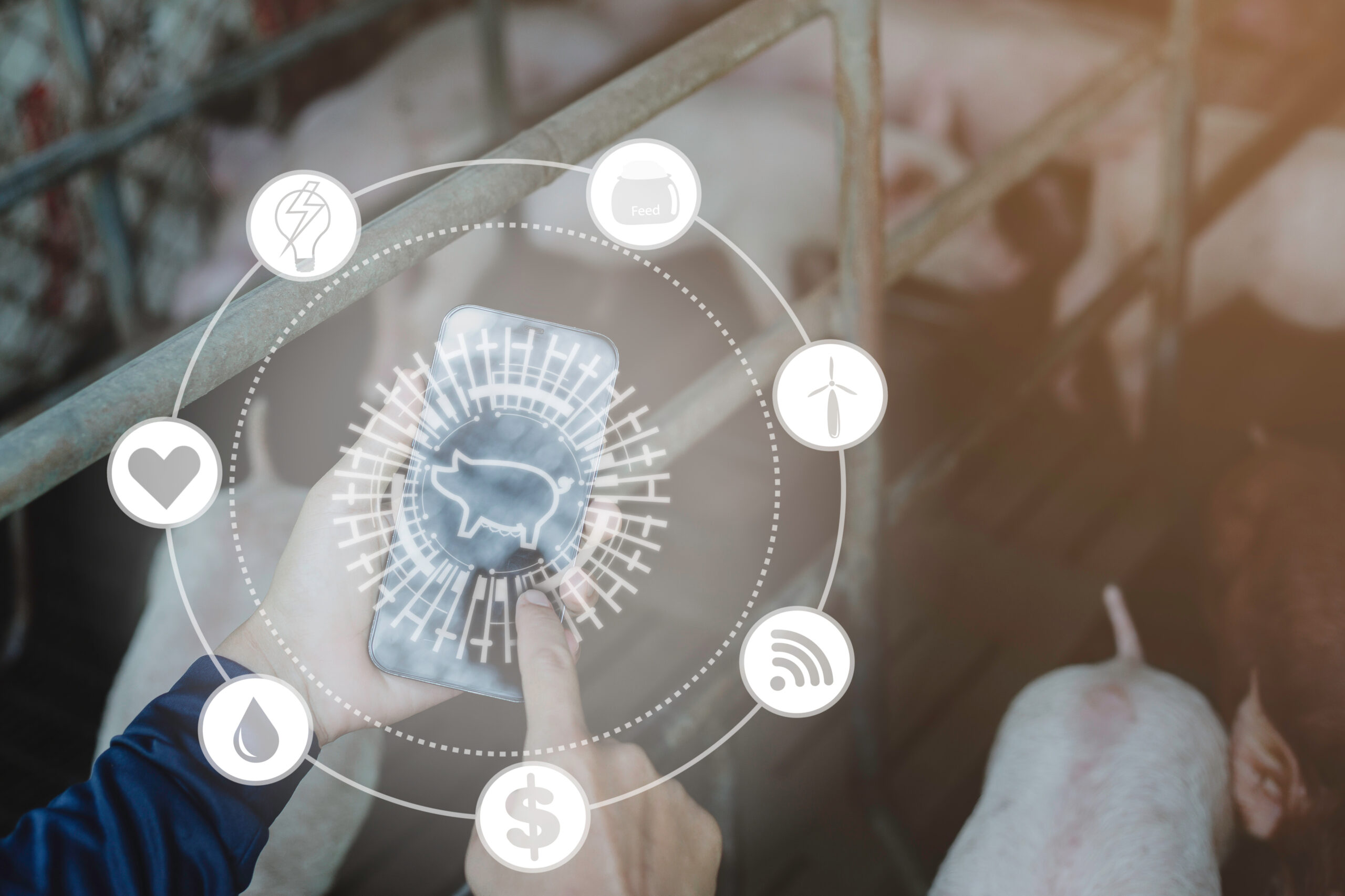14 May 2025

Iron ore prices are at 6-year highs due primarily to rising demand in China, their iron ore imports witnessing a year-over-year growth of 24% in July to a record 112.65 Mt.
Iron ore prices are at 6-year highs due primarily to rising demand in China, their iron ore imports witnessing a year-over-year growth of 24% in July to a record 112.65 Mt.
Despite the economic implications of COVID-19, there have been some positive developments for iron ore prices.
Yesterday (Tuesday 1st of September 2020), iron ore prices rose to $130 pet Tn, reaching the highest level since 2014 on the back of Chinese stimulus to boost infrastructure during the pandemic.
Since the beginning of 2020, China’s steel production has reached 593 mln ton. They imported a record 113 mln ton of iron ore in July, according to China’s National Bureau of Statistics.
Both Australia and Brazil miners are expecting to export a record amount of iron ore this year as a result.
Just before the virus hit, Australia’s biggest iron ore competitor, Brazil, was about to reopen its two mines affected by the Brumadinho dam collapse in 2019. With the rapid spread of COVID-19 through the region, the reopenings were postponed leading to an extremely weak first half for Brazil’s major iron ore producer Vale. Vale have now announced their plans to restore to capacity by 2022 and have already returned to its pre-COVID level operation. Exports have hit 33.4 mln tn in July, up nearly 60% from May.
To compare, Australian iron ore mines exported about 852 million tonnes of the steel-making ingredient in the year to June 30. June exports hit 81.3 mln tn.
Western Australia, the state that accounts for 98% of Australia’s iron ore resources, deemed mining an essential service. Although non-essential staff were reduced, the WA mining sector has been operating close to normal.
“The fact we’ve been able to keep it operating during this time has not only protected the Western Australian economy, but has underwritten the Australian economy,” said WA Treasurer Ben Wyatt.
Some analysts are wary of the price surge, with Morgan Stanley saying they believe prices have been driven mostly by speculation and are likely to fall again; while other analysts point out that more Chinese stimulus is the only thing that can keep prices going at the levels we see now.
“Chinese steel production grew by 2.8% on year in the Jan-Jul period, whereas iron ore imports grew by a sharper 11.8% on year,” said Ritabrata Ghosh, the assistant Vice-President and associate head of ICRA Ltd (an investment and credit rating agency). “This indicates strong restocking demand by mills which at some point should taper off”.
Daniel Briesemann, an industrial metal analyst at Commerzbank AG, agrees with the sentiment, saying “We expect significantly lower iron ore prices in the coming months, however, due to the still upbeat market sentiment and the current high prices, we feel obliged to revise our previous low forecast upwards. At the end of the year, we now expect an iron ore price of $100 per tn”.
Sources:


